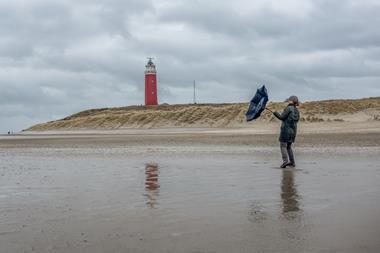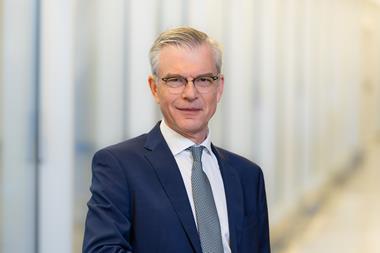A new report from Skandia shows the so-called “respect gap” – the difference in the amount of pension an individual receives between those who have worked their whole working life and those who have not - has narrowed significantly in recent years.
Releasing the report, the Swedish pension provider, which manages around SEK860bn (€74.7bn), said that since 2021, a series of changes to the pension system had come into effect, and that “the political decision with the greatest impact on the so-called respect gap is the strengthening of the guarantee pension, which is part of the basic protection in the public pension system”.
“Overall, the changes have weakened the link between work, income and pension,” Skandia said on Wednesday.
According to the report, Skandia said the difference between those who worked long hours and those who worked shorter hours or not at all had decreased significantly.
Between 2021 and 2024, the report showed the “respect gap” had narrowed by up to SEK1,350 a month for future pensioners who have worked all their lives, compared to those who had worked little or not at all.
That level of decrease was for blue-collar workers employed in the private sector and born in the early 1980s, with other types of employees shown in the study to have experienced smaller decreases in the gap - or even to have had an increase in that gap in the three-year period.
Mattias Munter, pensions economist at Skandia said: “Our politicians face a big challenge if the basic principle that the pension should be based on income from the entire working life is to be protected.”
Munter said the effect of the decisions by Sweden’s parliament, the Riksdag, linked to the respect gap had been reinforced during a period of high inflation which increased the basic protection by significantly more than income-related pensions.
“For 2025, however, we see that the income pensions will again grow more than the basic protection, which is a welcome effect of the decrease in inflation,” he said.
Read the digital edition of IPE’s latest magazine























No comments yet